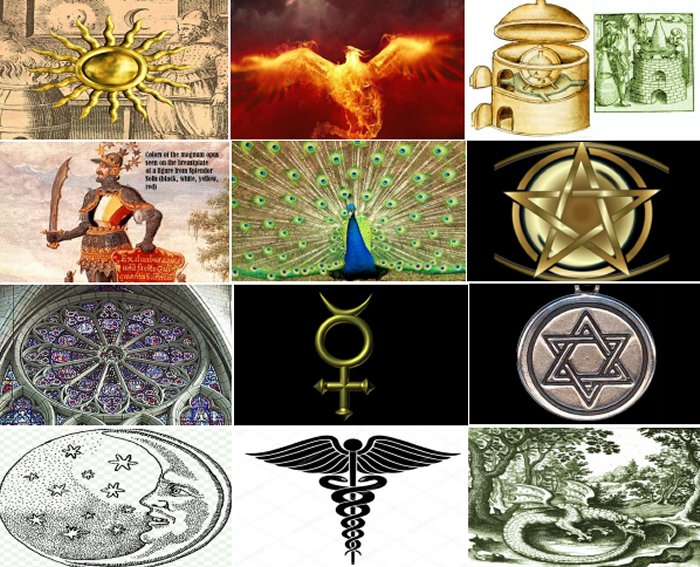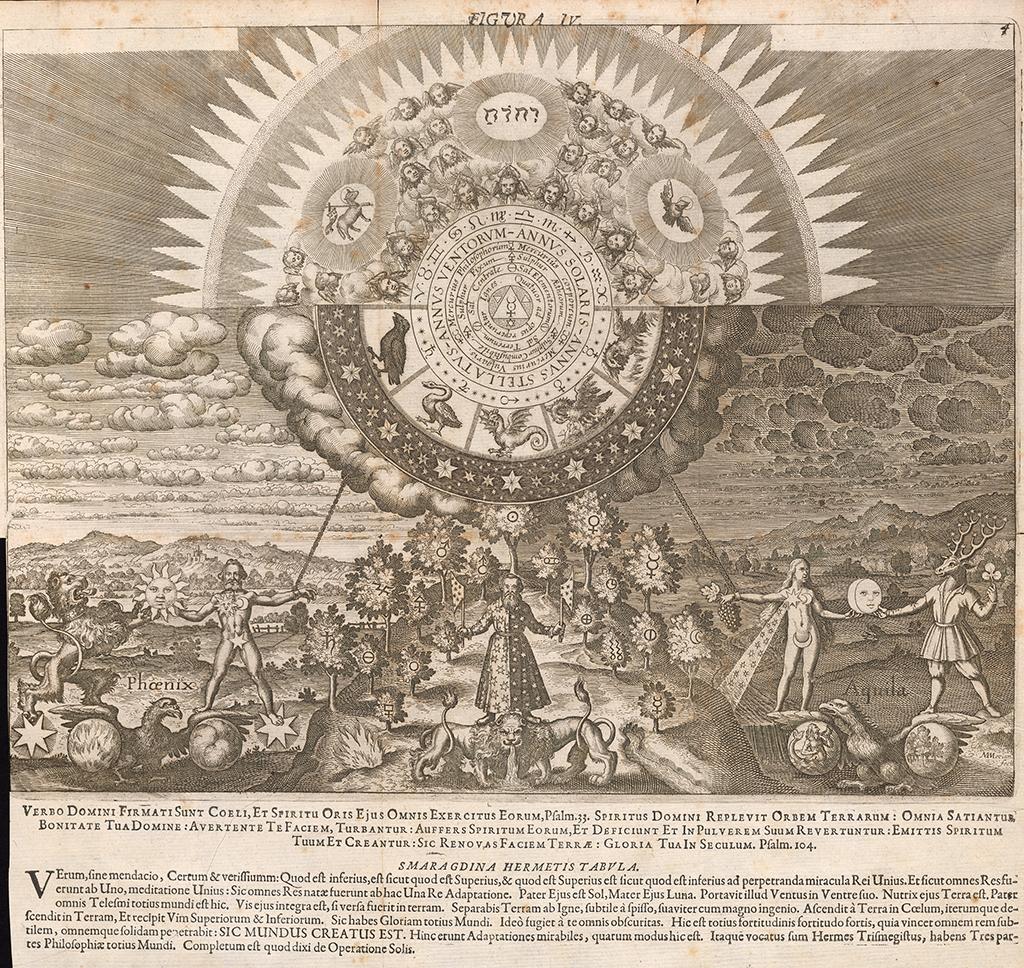Is there a hidden language woven into the imagery of the past? Alchemical pictures, often dismissed as esoteric curiosities, are actually potent visual narratives that encode profound philosophical, spiritual, and scientific knowledge. These aren't mere illustrations; they are complex symbolic systems designed to transmit wisdom across generations, accessible only to those who understand their layered meanings.Delving into the world of alchemical pictures reveals a fascinating intersection of art, science, and mysticism. Emerging primarily in Europe from the late Middle Ages through the 18th century, these images served as both mnemonic devices for alchemists engaged in laboratory work and as vehicles for conveying complex theoretical concepts. The language of alchemy, by its very nature, was veiled, employing metaphors, allegories, and symbols to protect its secrets from the uninitiated and to avoid persecution from religious authorities. This deliberate obscurity made alchemical pictures a vital tool for communication within the hermetic community.These images are far from arbitrary. Each element the colors, the animals, the human figures, the geometric shapes is carefully chosen and imbued with specific significance. For example, the color red often represents sulfur, a principle associated with activity, masculinity, and the sun. Conversely, white typically symbolizes mercury, linked to passivity, femininity, and the moon. Animals, such as the lion (representing the alchemical sulfur) and the eagle (symbolizing sublimation), play crucial roles in the visual narrative, embodying processes and transformations within the alchemical magnum opus, or Great Work.The interpretation of alchemical pictures demands a multi-faceted approach. It requires not only a familiarity with alchemical theory but also an understanding of the cultural, historical, and artistic contexts in which these images were created. One must consider the philosophical currents of the time, the prevailing scientific understanding, and the artistic conventions that shaped the visual language. Furthermore, it is essential to recognize that alchemical pictures were often intended to be interpreted on multiple levels, from the literal depiction of laboratory procedures to the symbolic representation of spiritual or psychological transformation.The Rosarium Philosophorum, a series of woodcuts dating back to the 16th century, exemplifies the complexity and depth of alchemical pictures. This influential work depicts the alchemical marriage, a central metaphor for the union of opposing forces sun and moon, male and female, sulfur and mercury necessary for the creation of the philosopher's stone. Each image in the series illustrates a different stage of this transformative process, from the initial conjunction of the opposites to the final attainment of wholeness and perfection. The Rosarium's rich symbolism has been the subject of intense study and interpretation, revealing layers of meaning that resonate with psychological, spiritual, and philosophical insights.Other notable examples of alchemical pictures can be found in the Splendor Solis, a beautifully illuminated manuscript from the 16th century attributed to Salomon Trismosin. This work features a series of allegorical images depicting the stages of the alchemical process, each rendered with meticulous detail and vibrant colors. The Splendor Solis is particularly noteworthy for its use of landscapes and architectural settings, which serve as symbolic representations of the inner world of the alchemist.Similarly, the Atalanta Fugiens, published in 1617 by Michael Maier, is a fascinating example of alchemical emblem literature. This work combines images, epigrams, and musical scores to convey alchemical principles. Each emblem presents a symbolic image accompanied by a short poem and a musical canon, inviting the reader to engage with the alchemical ideas on multiple sensory levels. The Atalanta Fugiens highlights the interdisciplinary nature of alchemy, which sought to integrate art, science, and music into a unified system of knowledge.Beyond these well-known examples, alchemical pictures appear in a wide variety of contexts, from illuminated manuscripts and printed books to engravings, paintings, and even architectural decorations. They can be found in the works of prominent alchemists, such as Paracelsus, Isaac Newton (who was a devoted alchemist), and Nicolas Flamel, as well as in anonymous treatises and collections. The ubiquity of these images underscores the importance of visual communication in the dissemination of alchemical knowledge.The legacy of alchemical pictures extends far beyond the confines of the laboratory. Their symbolic language has influenced art, literature, and psychology, inspiring artists, writers, and thinkers across centuries. The concepts of transformation, integration, and the union of opposites, central to alchemical thought, continue to resonate in contemporary culture. Carl Jung, for instance, drew heavily on alchemical symbolism in his work on individuation, viewing the alchemical process as a metaphor for psychological integration and wholeness.Today, alchemical pictures are increasingly recognized as valuable sources of historical and cultural information. They offer insights into the worldview of pre-modern thinkers, their understanding of the natural world, and their aspirations for personal and societal transformation. By deciphering the symbolic language of these images, we can gain a deeper appreciation of the rich and complex history of alchemy and its enduring influence on Western culture. The study of alchemical pictures, therefore, provides a unique window into the past, allowing us to glimpse the hidden knowledge and esoteric wisdom that shaped the intellectual landscape of Europe for centuries. Furthermore, in our increasingly visual world, the study of how complex ideas were conveyed through images offers valuable lessons for contemporary communication and knowledge sharing.The enduring appeal of alchemical pictures lies in their ability to engage the imagination and to provoke contemplation on profound questions about the nature of reality, the meaning of life, and the potential for human transformation. They invite us to look beyond the surface of things and to explore the hidden connections that bind the universe together. They are a testament to the power of symbols to convey complex ideas and to inspire generations of seekers on their quest for knowledge and enlightenment.
- All About African Grey Parrots Facts Care Pictures
- Find Your Perfect Plain Green Background Free Downloads Now


